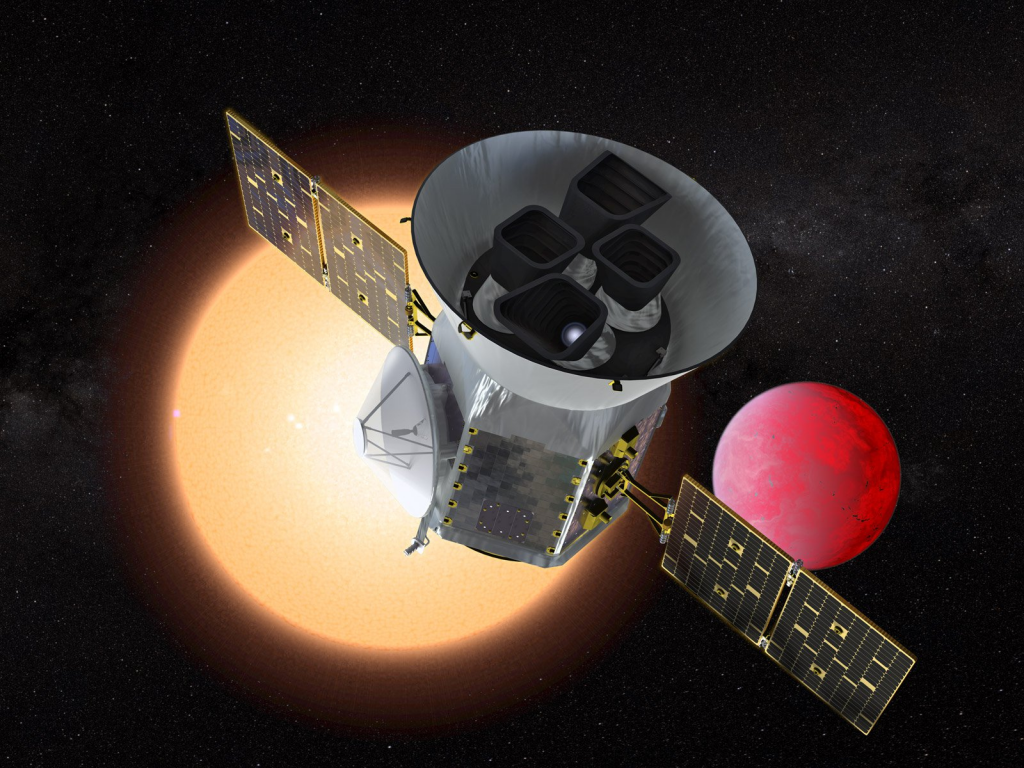NASA’s Transiting Exoplanet Survey Satellite (TESS) has discovered a massive and dense exoplanet that challenges our current understanding of planetary formation.
The exoplanet, named TOI-4603b, has a mass of nearly 13 Jupiters and a radius of 1.042 times that of Jupiter. It revolves around a star 730 light-years away in a 7.25-day orbit. According to Akanksha Khandelwal of the Physical Research Laboratory in India, “It is one of the most massive and densest transiting giant planets known to date.”

The team of astronomers led by Khandelwal was able to decode the mass of TOI-4603b using radial velocity measurements, which are likely to be 12.89 times that of Jupiter. Astronomers believe that a planet’s mass is theoretically limited, and the team hypothesizes that it belongs to a particular category of planets whose formation and evolution are still unknown to astronomers.
The team notes that TOI-4603b could be on a line between brown dwarfs and planets, which may shape our understanding of the formation of brown dwarfs and giant planets.

The research paper states, “It is a valuable addition to the population of less than five massive close-in giant planets in the high-mass planet and low-mass brown dwarf overlapping region that is further required for understanding the processes responsible for their formation.”
The discovery of TOI-4603b by TESS provides valuable insights into the diversity of cosmic objects in our universe and challenges our current understanding of planetary formation.

As the hunt for exoplanets continues, millions of yet-to-be-discovered objects are waiting to be found and studied.
The results of the research paper are available on the preprint server arXiv.


